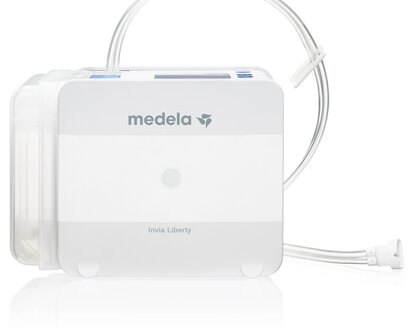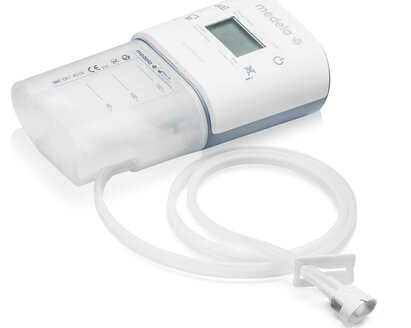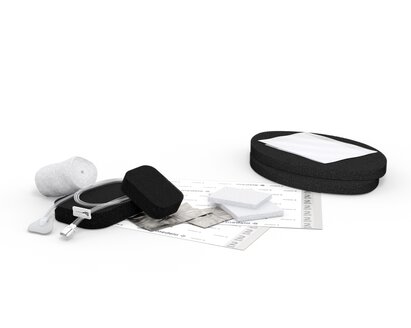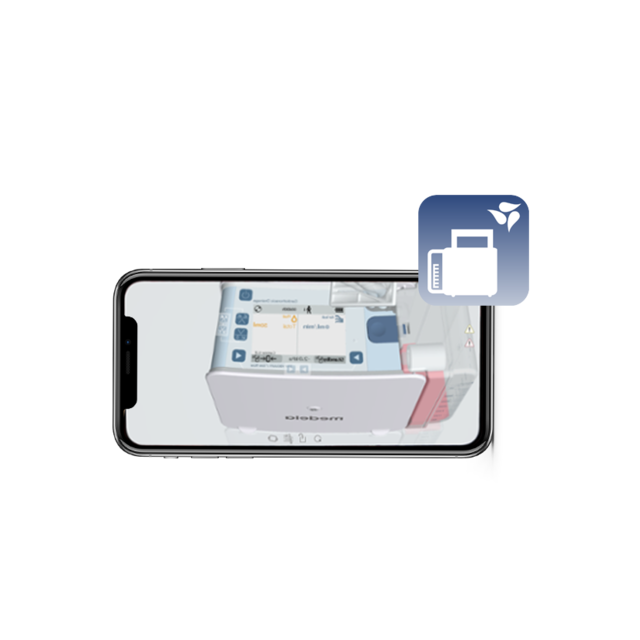1. Othman D. Negative Pressure Wound Therapy Literature Review of Efficacy, Cost Effectiveness, and Impact on Patients‘ Quality of Life in Chronic Wound management and Ist Implementation in the United Kingdom. Plast Surg Int 2012;374398.
2. Moisidis E, Heath T, Boorer C, et al. A prospective, blinded randomized, controlled clinical trial of topical negative pressure use in skin grafting. Plast Reconstr Surg 2004;114(4):917–22.
3. Chen SZ, Li J, Li XY, et al. Effects of Vacuum-Assisted Closure on Wound Microcorculation: An Experimental Study. Asian J Surg 2005;28(3):211–7.
4. Apelqvist J, Willy C, Fagerdahl AM, et al. EWMA Document: Negative Pressure Wound Therapy. J Wound Care 2017;26(Sup3):1–154.
5. Upton D, Andrews A. Negative Pressure Wound Therapy: Improving the Patient Experience Part 3 of 3. J Wound Care 2013;22(12):617–2.
6. Vuerstaek JDD, Vainas T, Wuite J, et al. State-of-the-art treatment of chronic leg ulcers: A randomized controlled trial comparing vacuum-assisted closure (V.A.C.) with modern wound dressings. J Vasc Surg 2006;44(5):1029–37.
7. Braakenburg A, Obdeijn MC, Feitz R, et al. The clinical efficacy and cost effectiveness oft he vacuum-assisted closure technique in the managementof acute and chronic wounds: a randomized controlled trial. Plast Reconstr Surg 2006;118(2):390–400.
8. Hurd T, Chadwick P, Cote J, et al. Impact of gauze-based NPWT on the patient and nursing experience in the treatment of challenging wounds. Int Wound J 2010;7(6):448–55.
9. Jang JY, Shim H, Lee YJ, et al. Application of negative pressure wound therapy in patients with wound dehiscence after abdominal open sugery: a single center experience. J Korean Surg Soc 2013;85(4):180–4.
10. Liu S, He CZ, Cai YT, et al. Evaluation of negative-pressure wound therapy for patients with diabetic food ulcers: systematic review and meta-analysis. Ther Clin Risk Manag 2017;13:533–44.
11. Gupta S, Ichioka S. Optimal use of negative pressure wound therapy in treating pressure ulcers. Int Wound J 2019;9(Suppl 1):8–16.
12. Dini V, Miteva M, Romanelli P, et al. Immunhistochemical evaluation of venous leg ulcers before and after negative pressure wound therapy. Wounds 2011;23(9):257–66.
13. Schlatterer D, Hirshorn K. Negative Pressure Wound Therapy With Reticulated Open Cell Foam-Adjunctive Treatment in the Management of Traumatic Wounds of the Leg: A Review of the Literature. J Orthop Trauma 2008;22(10 Suppl):152–60.
14. Nagy E, Juhasz I. Negative Pressure Wound Therapy — An Effective, Minimally Invasive Therapeutic Modality in Burn Wound Management. IJCM 2015;6(5):301–6.
15. Lance S, Harrison L, Orbay H, et al. Assessing Safety of Negative-Pressure Wound Therapy Over Pedicled Muscle Flaps: A Retrospective Review of Gastrocnemius Muscle Flap. J Plast Reconstr Aesthet Surg 2016;69(4):519–23.
16. Suh H, Lee AY, Park EJ, et al. Negative Pressure Wound Therapy on Closed Surgical Wounds With Dead Space: Animal Study Using a Swine Model. Ann Plast Surg 2106;76(6):717–22.





